| Plant Habit: | Shrub |
| Life cycle: | Perennial |
| Sun Requirements: | Full Sun Full Sun to Partial Shade |
| Water Preferences: | Wet Mesic Mesic Dry Mesic |
| Soil pH Preferences: | Moderately acid (5.6 – 6.0) Slightly acid (6.1 – 6.5) Neutral (6.6 – 7.3) Slightly alkaline (7.4 – 7.8) |
| Minimum cold hardiness: | Zone 3 -40 °C (-40 °F) to -37.2 °C (-35) |
| Maximum recommended zone: | Zone 7b |
| Plant Height: | 6 to 12 feet |
| Plant Spread: | 8 to 15 feet |
| Leaves: | Unusual foliage color Semi-evergreen Deciduous Fragrant |
| Fruit: | Showy Edible to birds |
| Fruiting Time: | Late winter or early spring Late summer or early fall Fall Late fall or early winter Winter |
| Flowers: | Inconspicuous Blooms on old wood |
| Flower Time: | Spring |
| Underground structures: | Rhizome |
| Suitable Locations: | Beach Front |
| Uses: | Windbreak or Hedge Will Naturalize |
| Dynamic Accumulator: | Nitrogen fixer |
| Wildlife Attractant: | Birds |
| Resistances: | Deer Resistant Rabbit Resistant Flood Resistant Drought tolerant Salt tolerant |
| Propagation: Other methods: | Cuttings: Stem |
| Pollinators: | Wind |
| Containers: | Not suitable for containers |
| Miscellaneous: | Tolerates poor soil Dioecious |
| Conservation status: | Least Concern (LC) |
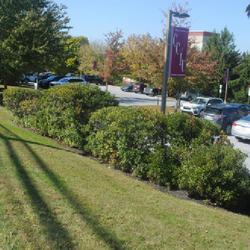
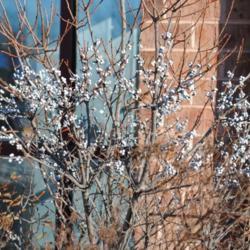
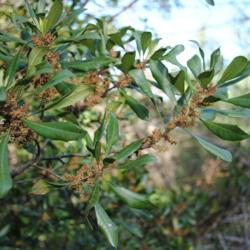
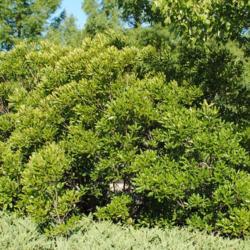

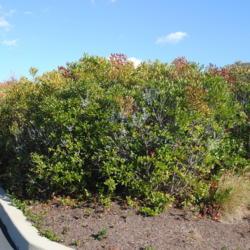


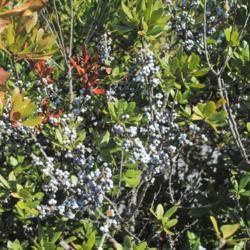
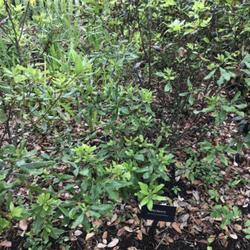
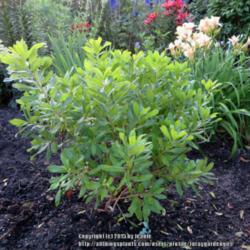
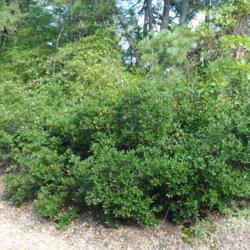
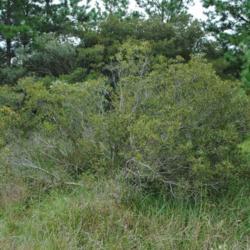
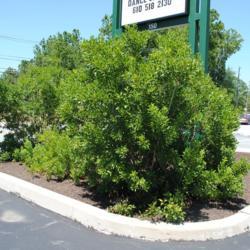
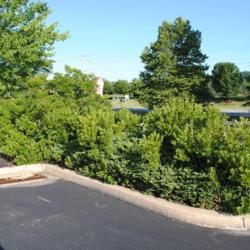
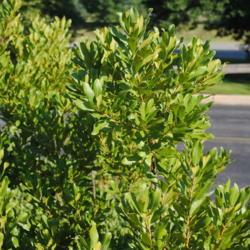


| christine2 | On May 1, 2008 | Obtained plant 5 |